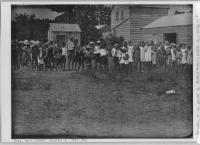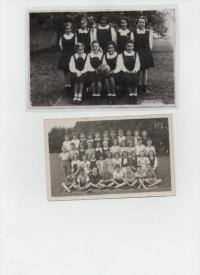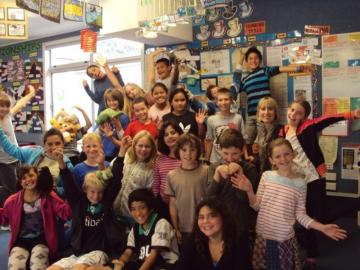Home-100 years of Grey Lynn School
- Our School Icons The Puriri Tree
- Our School Icons Memorial Plaques
- Our School Icons The Dental Clinic
- Our School Icons The Plantation
- Our School Icons The Swimming Pool
- Our School Icons The Adventure Playgrounds
- Grey Lynn School Pupils at War - 1914-1918
- Grey Lynn School Pupils at War - 1939-1945
- Our School Taonga: Our Motto-Deeds not Words
- Our School Taonga: Certificates and awards
- Our School Taonga: The 1929 Handmade School Magazine
- Our School Taonga: Jubilee Badges
- Our School Taonga: Homework!
- Changes to our school buildings in 100 years
- Famous Past Pupils
- Arbor Day at Grey Lynn School
- Sports in the past
- Grey Lynn School Jubilees
- Centennial 2010
- Memories of Grey Lynn School by past pupils
- Memories of Grey Lynn School by past pupils 2
- Memories of Grey Lynn School by past pupils 3
- The Culture and Population of Grey Lynn School
- Our team
- PKIL - the Research Process at Grey Lynn School
- Learning outcomes
- References and acknowledgements
The Culture and Population of Grey Lynn School
Cultures all over the world have come to join the comunity of our school. In the 1920s things were different, very different. There were no Pacific people, Asians, Indians, or Japanese pupils. The students who went to the school had ancestors who originated in Europe.
After the war things changed. We got better at inviting other cultures to our school. By the 1970s we had a mix of children from different cultures, especially from the Pacific. By Lucy
Children of Grey Lynn School circa 1909. Photo courtesy of the Auckland War Memorial Museum and Institute.
Pupils in the 1920s









